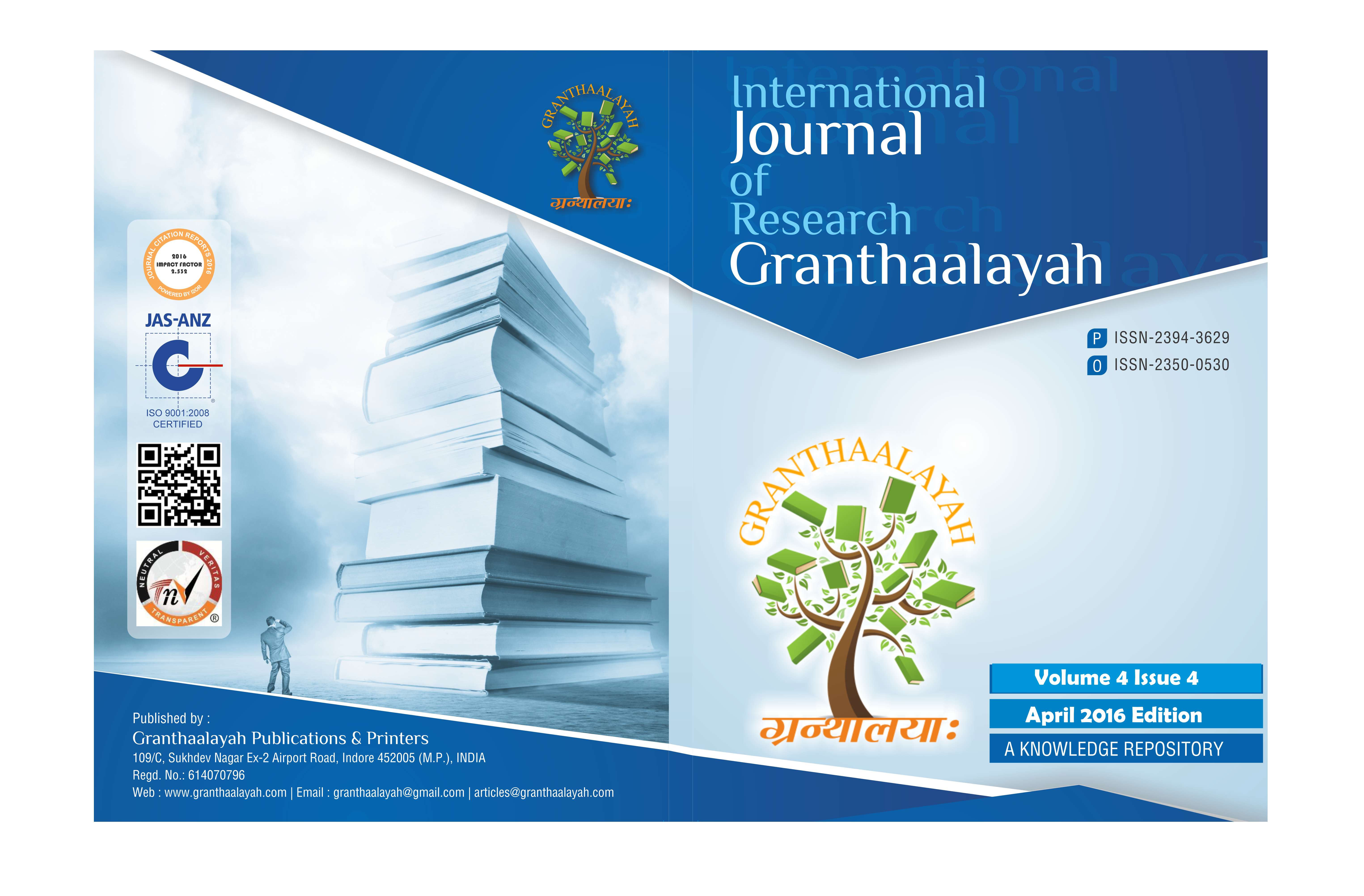SUBALTERN STUDIES
DOI:
https://doi.org/10.29121/granthaalayah.v4.i4.2016.2748Keywords:
Subaltern Studies, Tribes, Language, Multicultural SocietyAbstract [English]
This paper explores the roots of the term ‘Subaltern’. The form of literature is backed by the history from time to time. The participation of the tribes in revolutions against the then ruling agencies escapes from the history proper. The unwritten languages of the tribes are posing a challenge. They are undermined. The 80 languages have not been brought to the pages of constitution of India. A language spoken by 10, 000 people have to be recognized as a language. There is a dire necessity of the study of folklore. In the multicultural society there is a need for projecting the life-s style and culture of the tribal population. The human rights speak volumes of betterment and welfare of the tribals on the norms of equality, fraternity and liberty. The evaluation of Subaltern studies has been traced right from the past to the present context in the paper to the extent possible. Mahasveta Devi’s visison is presented along with illustrations of her reasoning. The need for emergence of trends is emphasized in view of the humanitarian outlooks. The Telangana and Andhra Pradesh states are taken up for tracing the subaltern element with a few episodes emanating from history and folklore. Thus the retrospects and the prospects gauged in the paper will justify the Subaltern Studies.
Downloads
References
Das, B. K. Twentieth Century Literary Criticism, Fifth Edition, New Delhi, Atlantic Publications 2007.
GayatriSpivak’s Interview in U. SA. Journal Polygraph 1980.
Guha, Ranjit.Ed. Subaltern Studies, Vol. VII, Oxford,1982.
Habib M.A. History of Literary Criticism, From Plato to Present Day: Madem: Blackwell Publications 2005. DOI: https://doi.org/10.1002/9780470752142
K. J. E. S journal Vol 18/1996, Kaktiya University, Warangal,(T.S), India, Department of English Publications 1998.
Downloads
Published
How to Cite
Issue
Section
License
With the licence CC-BY, authors retain the copyright, allowing anyone to download, reuse, re-print, modify, distribute, and/or copy their contribution. The work must be properly attributed to its author.
It is not necessary to ask for further permission from the author or journal board.
This journal provides immediate open access to its content on the principle that making research freely available to the public supports a greater global exchange of knowledge.

























